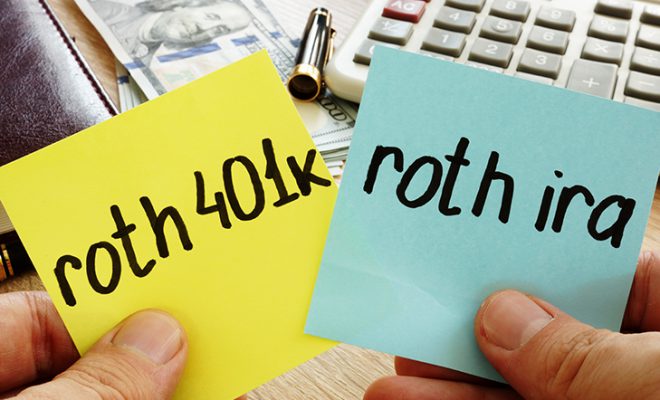Are Defined-Benefit Plans Extinct?
Defined-benefit pension plans have been on a steady decline for the last couple of decades, while defined-contribution plans, such as 401(k) plans, have increased dramatically. In fact, defined benefit plans have declined from 148,096 plans in 1980 to 56,045 in 1998 (the last year data is available), while participation in defined-contribution plans has tripled during the same period (Source: Federal Reserve Bank of Dallas, October 2004). In 2003, 44 million individuals were covered by defined-benefit plans, but 27 million were retirees – only 17 million were active workers (Source: Knight-Ridder/Tribune News Services, January 31, 2005).
Table of Contents
A number of factors have led to this steady decline in defined-benefit plans, including:
Increased costs to companies
The recent market declines seriously eroded the value of pension assets, while declining interest rates dramatically increased liabilities for future benefits to retirees. The shortfall is so significant that many companies are now required to start putting significant amounts of cash into these plans or look at other alternatives.
A more mobile work force
Defined-benefit pension plans provide more significant benefits for workers who stay with the company for a long time, with a substantial portion of the benefits earned during the last few years of employment. With employees changing jobs more frequently, the portability of 401(k) plans make them desirable to younger workers.
A changing economy
Traditionally, defined-benefit plans were offered by large manufacturing companies, often as a result of union negotiations and contracts. As the economy became more service based, new companies have opted for 401(k) plans rather than defined-benefit plans.
Even companies with defined-benefit plans are looking for ways to reduce the tremendous cost of these plans. While companies can’t eliminate benefits already earned, they can change future benefits.
Some of the more common options include:
Offer a cash-balance plan to new and/or current employees Although a cash-balance plan is technically a defined-benefit plan, it operates much differently than a traditional pension plan. The employer still completely funds the payments, but rather than a guaranteed pension for life, a cash-balance plan provides employees with a lump-sum amount that can be used for retirement or to purchase an annuity. By the late 1990s, 11% of all traditional defined-benefit plans had been converted to cash-balance plans, representing 40% of all defined-benefit assets (Source: Federal Reserve Bank of Dallas, October 2004).
Freeze the defined-benefit plan
Benefits are frozen at a point in time so employees do not earn any additional benefits. In exchange, the company might increase contributions to the 401(k) plan.
Terminate the plan
The most drastic solution is to terminate the plan. When terminated, the plan assets are used to either buy an annuity from an insurance company or issue lump-sum payments to workers.
If you have a defined-benefit plan at work, keep in mind that the pension benefits you’re counting on may change. You can only count on benefits you have currently earned, but not benefits that might be earned in the future. Thus, you might want to review your retirement plans to make sure you haven’t placed too much emphasis on retirement plan benefits.



















